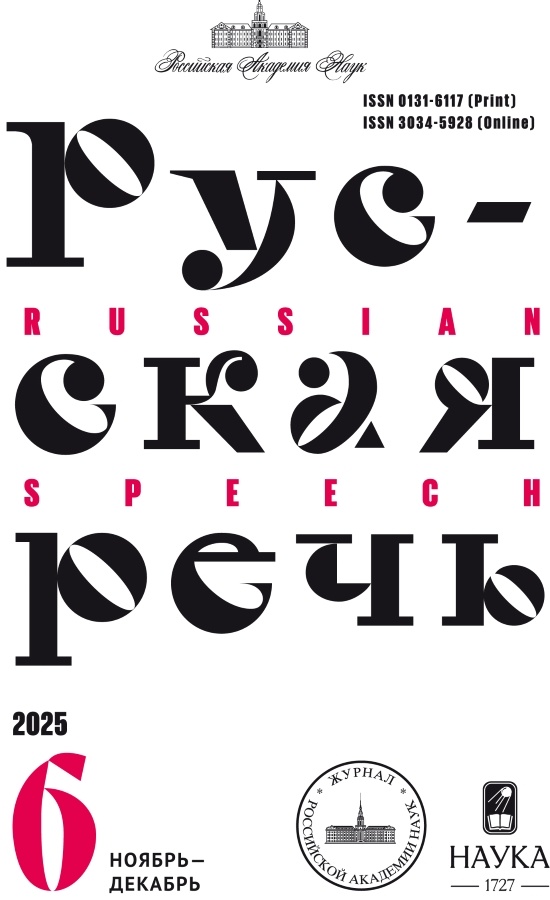Репрезентация собственного диалекта в сознании представителей старшего поколения Ильменского Поозерья
- Авторы: Гептинг Э.Л.1
-
Учреждения:
- Новгородский государственный университет имени Ярослава Мудрого
- Выпуск: № 4 (2023)
- Страницы: 40-50
- Раздел: Статьи
- URL: https://journals.rcsi.science/0131-6117/article/view/141442
- DOI: https://doi.org/10.31857/S013161170026399-7
- ID: 141442
Полный текст
Аннотация
Ключевые слова
Об авторах
Эльвира Львовна Гептинг
Новгородский государственный университет имени Ярослава МудрогоРоссия, Великий Новгород
Список литературы
- Вио А., Москвичева С. А. Проблема репрезентации языка в сознании его носителей в условиях языкового приграничья: к вопросу о потребности в карельском языке // Вестник РУДН. Серия «Психология и педагогика». 2013. № 1. C. 92–97.
- Дубровин С. Позёры в Новгороде (Этнографическая наброска) // Отечественные записки. Санкт-Петербург. 1871. № 7. C. 195–220.
- Захарова К. Ф., Орлова В. Г. Диалектное членение русского языка. М.: Едиториал УРСС, 2004. 176 с.
- Касаткин Л. Л. Русские диалекты в свете языковой политики // Русская диалектология / Под ред. Л. Л. Касаткина. М.: Academia, 2005. C. 12–16.
- Маньков А. Е. Диалект села Старошведское: проблема структурных изменений в исчезающем языке // Языковая политика и языковые конфликты в современном мире: Международная конференция (Москва, 16–19 сентября 2014). М.: Институт языкознания РАН, Научно-исследовательский центр по национально-языковым отношениям, 2014. С. 463–473.
- Bourdieu P. Ce que parler veut dire. L’économie des échanges linguistiques. Paris, Fayard, 1982, pp. 23–58.
- Boyer H. Matériaux pour une approche des représentations sociolinguistiques. Eléments de définition et parcours documentaire en diglossie // Langue française, 1990, no. 85, pp. 102–124.
- Dorian N. The Problem of the Semi-Speaker in Language Death // International Journal of the Sociology of Language, 1977 (12), pp. 23–32.
- Grinevald C., Bert M. Speakers and Communities // The Cambridge Handbook of Endangered Languages. Сambridge University Press, 2011, pp. 45–65.










